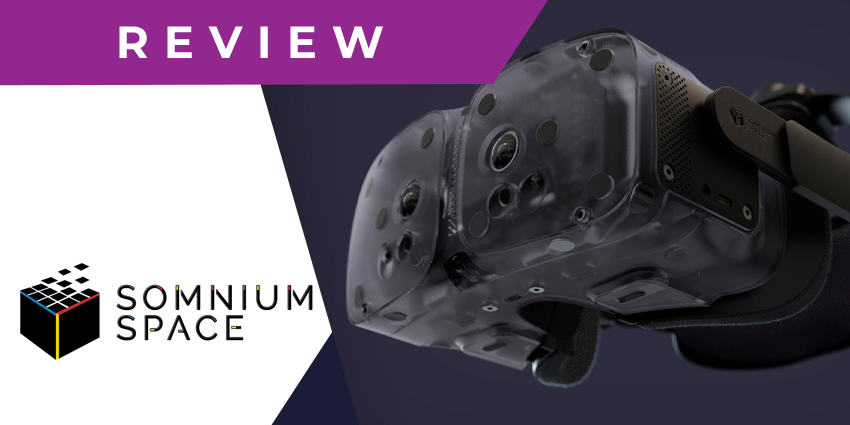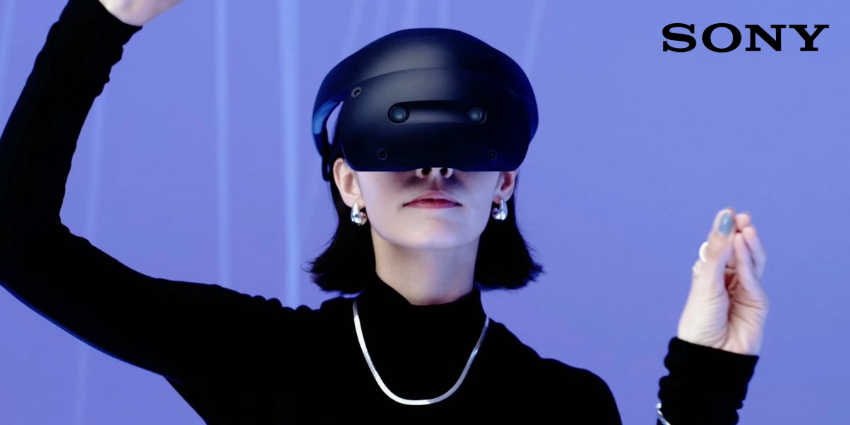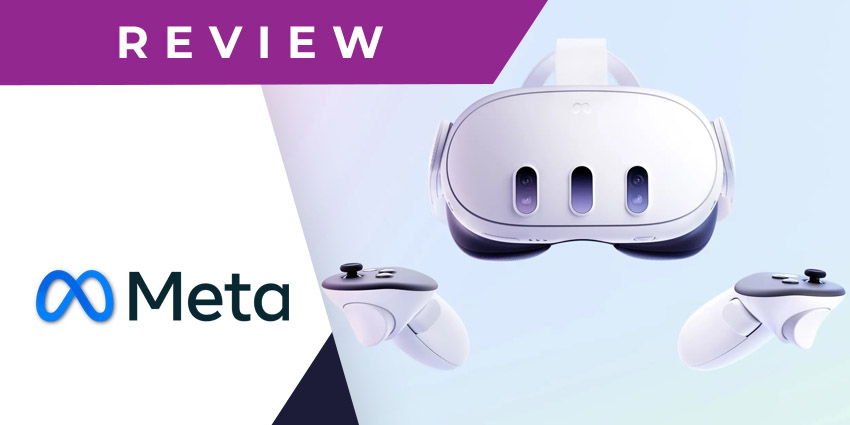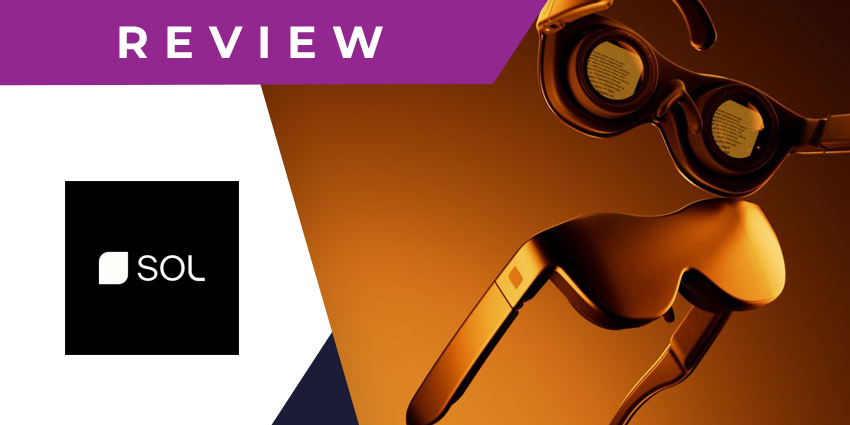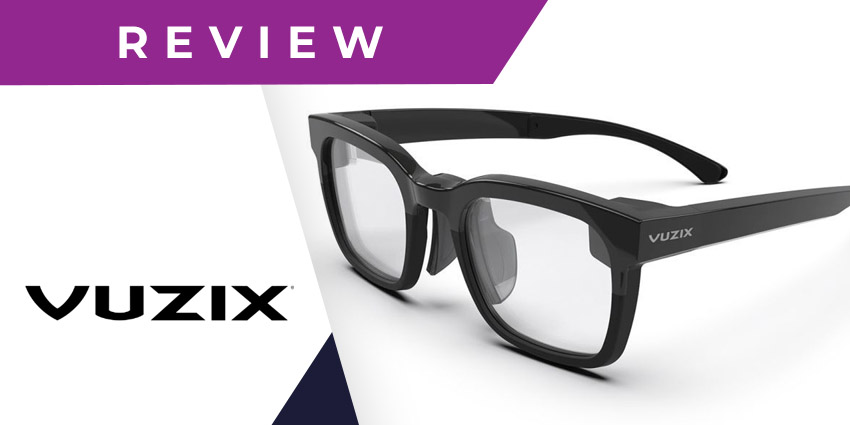The Somnium VR1 is finally here. After introducing their cutting-edge PC virtual and mixed reality headset at CES 2023, Somnium Space has now officially entered the XR hardware market.
Somnium Space has been experimenting with extended reality and metaverse opportunities for a while now, offering access to virtual environments where people can collaborate, share ideas, and even build their own experiences with the added security of the blockchain.
However, until recently, the company has focused exclusively on software solutions. The Somnium VR1 headset marks the start of a new era for Somnium Space, offering users an open, modular, high-performance headset they can adapt to suit their needs.
Here’s your hands-on insight into everything the Somnium VR1 headset can do.
Quick Verdict, Pros and Cons
The Somnium VR1 headset is one of the most powerful PCVR headsets I’ve seen in a while, and certainly among the most flexible options available for today’s consumers. Depending on the edition you choose, you’ll be able to experiment with cutting-edge eye and hand tracking, and amazing mixed reality features. However, all of the versions come with a phenomenal visual experience.
The resolution and refresh rates are incredible, and the field of view is difficult to beat, both in virtual and mixed reality. However, keep in mind that the price tag can be pretty high.
Pros:
- Industry-leading field of view
- Exceptional resolution in VR and MR
- Highly modular and customizable design
- Powerful performance with minimal technical glitches
- Exceptional hand and eye tracking (on some Editions)
Cons:
- Expensive pricing for the fully-featured versions
- Slightly bulky and uncomfortable design
- No wireless support
What is the Somnium VR1?
The first thing I should note is that the Somnium VR1 isn’t actually a single headset. It’s a collection of similar devices, intended for different purposes. Alongside the “Classic Edition”, which is the cheapest PCVR headset offered by the brand, there are also a range of other options to choose from.
There’s the “Striker Edition”, which includes Ultraleap hand tracking, the Visionary Edition, with integrated eye tracking, and a selection of other versions such as the:
- Specter Edition (mixed reality and hand-tracking)
- Titan Edition (eye-tracking and hand-tracking)
- Ultimate Edition (mixed reality, eye, and hand tracking)
- Military Edition (the features of the Ultimate Edition, plus TAA compliance)
- Translucent Edition (limited edition design, with the features of Ultimate)
That’s a pretty significant launch lineup for a company that, until now, has only focused on software. Plus, it’s worth noting the VR1 is built with “modularity” in mind. That means you can extend and build on your headset based on your specific needs.
The Somnium VR1 Specs
Obviously, the specifications of your headset will depend on which edition you choose, but here’s what’s included on all versions of the device:
- QLED Mini-LED displays
- 2 x 2880 x 2880 pixel resolution lenses
- 75, 90, 120, and 144 Hz refresh rates
- Field of view: Horizontal: 130°, Vertical: 105°
- 58mm-76mm IPD adjustment
- Weight: 700-850g
- Native SteamVR and OpenXR support
- Built-in 3.5mm headphone jack and stereo speakers
- 3 USB-C ports
- 4 modular anchor points
Extra features, like magnetically attachable diopter lenses, pass-through cameras (2 x 12 Mpx 4,056 x 3,040) eye-tracking, and hand-tracking are all optional.
In terms of pricing, you can expect to pay around $1,899 for the classic edition of the headset. However, if you want all of the bells and whistles, including mixed reality, eye-tracking, and hand tracking, you’ll pay around $3,499, putting the Somnium VR1 on par with the Apple Vision Pro in pricing.
Somnium VR1 Review: Design and Comfort
I’ve tried a lot of different VR and MR headsets in the last couple of years, and they all seem to have their own pros and cons when it comes to design and comfort. Most XR headsets are pretty bulky, but the Somnium VR1 is particularly chunky in its design. It’s closer in appearance to something like the Varjo XR-4 than a sleek headset such as the Apple Vision Pro.
That does make sense though, as many PCVR headsets seem to be pretty boxy in design. Wearing the Somnium VR1 makes it look a little like you have a pair of huge binoculars strapped to your head. It’s not the most stylish headset I’ve seen by far, but that doesn’t mean it’s not comfortable.
You do get a double-pad memory foam adjustable head strap, which helps to hold the headset onto your face and distribute some of the weight. Plus, you can manually adjust the IPD for better visuals. I will say that the headset can be quite heavy, though. Certain editions can weigh up to 850g, which means the device can start to feel a bit cumbersome after a while.
Based on its weight alone, I can’t imagine most people wanting to use this headset for long periods. However, the quality of the XR experience could cause you to forget all about the extra bulk you’re carrying.
Visual Fidelity and Field of View
While the design of the Somnium VR1 headset didn’t exactly blow me away, the visuals offered definitely did. This headset uses the same 2880 x 2880 LCD mini-LED panels as the Pimax Crystal, giving it one of the highest resolutions I’ve seen today.
The panels only just fall behind those on the Apple Vision Pro and Varjo XR-4, in my opinion. Plus, it’s worth remembering that some versions of the Somnium VR1 are more affordable than the Vision Pro. The displays come with 20,000:1 contrast and a 100% NTSC color gamut.
For refresh rates, you can choose between 70 and 120Hz as standard, but there’s also an experimental 144Hz mode if you’re willing to tackle a few potential bugs.
What really makes the Somnium VR1 headset stand out from a display perspective is its field of view. The dual-element aspheric lenses (included on all editions) give you an FOV of around 130 degrees horizontal and 105 degrees vertical. That’s better than just about anything else out there.
The Apple Vision Pro only offers a horizontal FOV of 100-120 degrees, and a vertical FOV of around 90 degrees. Somnium’s headset really plunges you into a truly immersive experience, where you can easily forget about the world around you.
When wearing this headset, you’ll have no distortions in your periphery, making you feel truly present in any virtual environment you’re exploring. Of course, the expansive field of view is also part of why the Somnium VR1 is pretty bulky compared to other headsets. Pancake lenses would have given the device a slightly slimmer form factor.
In addition to the great field of view and visual resolution, I was also impressed by the brightness and clarity of the Somnium VR1. The headset delivers truly crystal-clear visuals, similar to what you’d expect from the Pimax headset collection.
Performance: Tracking and Mixed Reality
The performance of the Somnium VR1 varies depending on the edition you choose. I only had access to the Classic version, so I couldn’t experiment with the Ultraleap hand tracking, eye tracking capabilities, or mixed reality experience.
If you’re willing to upgrade, based on what I’ve seen of Ultraleap’s hand-tracking capabilities and the eye-tracking features offered by similar devices, I’d expect you’ll get a fantastic experience with this headset. Somnium says the advanced, open-source eye tracking technology performs at 120Hz, allowing for single-point calibration and VR and XR-focused rendering. You can even dive into the software for insights into heat map visualizations and gaze analysis.
The top-tier hand tracking from Ultraleap boasts a massive 170 x 170-degree field of view and a 120Hz refresh rate, ensuring you can easily control content with gestures. If you’re looking for an immersive spatial computing experience, Somnium’s headset will surely deliver.
For mixed reality, Somnium adds two 12mpx passthrough cameras to its modular headset, with a high resolution of around 4056 x 3050 pixels. You can use foveated transport for efficient data transmission and access the same robust field of view you’d get in VR mode.
Somnium XR1: Ease of Use and Connectivity
In my opinion, Somnium designed this headset more for developers, innovators, and serious extended reality fans than everyday users, which partially explains the price tag. With the integrated software, setting everything up is relatively simple. However, you might need a bit more technical knowledge to fully take advantage of the device’s customization.
The good news is that the headset seems to be pretty reliable. As far as I can tell, it doesn’t suffer from countless software bugs and lag. The software runs quickly and cleanly, with minimal technical glitches. Plus, you get handy programmable shortcut buttons on the top of your headset.
You can use these to toggle pass-through mode if you choose the MR version of the headset or experiment with other features.
From a connectivity perspective, this is a dedicated PCVR headset, so you won’t be able to enjoy a truly “wireless” experience. However, Somnium makes it easy to connect your headset to virtually any device with a simple all-in-one USB Type-C cable. Plus, there’s native Steam VR and OpenXR support for end-to-end compatibility.
You can even expand the functionality of your headset with 3 USB-C ports, which allow you to connect your accessories directly to the device. Plus, there’s a 3.5 mm headphone jack if you want to introduce your own audio experience.
Somnium VR1 Review: The Verdict
The Somnium VR1 collection is an interesting competitor in the growing extended reality market. It’s definitely more expensive than many of the consumer-focused headsets out there, but it’s also more modular, customizable, and flexible than most too.
If you’re looking for a VR (or MR) headset that delivers exceptional visual fidelity and a phenomenal field of view, this headset is great. The biggest downsides, in my opinion, are the headset’s bulky design, and the higher price tags for extra features.
If you can get past those drawbacks, I’d definitely recommend giving the Somnium VR1 headset a try. If nothing else, the visuals will blow you away.
